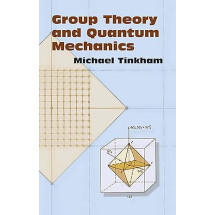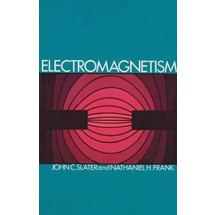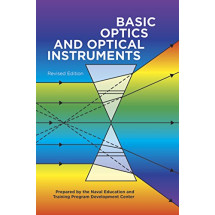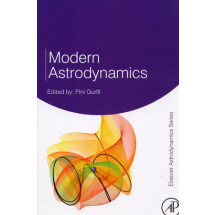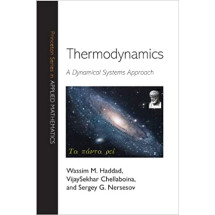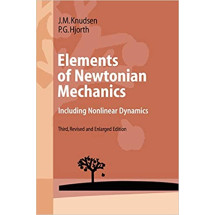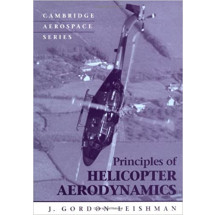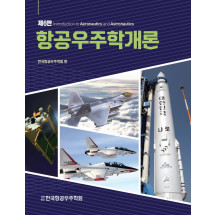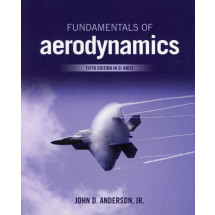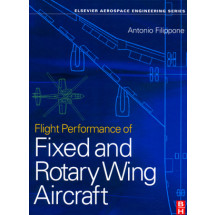1 Object Recognition
1.1 Shape-Based Recognition
1.2 What Is Recognition?
1.3 Why Object Recognition Is Difficult
2 Approaches to Object Recognition
2.1 Invariant Properties and Feature Spaces
2.2 Parts and Structural Descriptions
2.3 The Alignment Approach
2.4 Which Is the Correct Approach?
3 The Alignment of Pictorial Descriptions
3.1 Using Corresponding Features
3.2 The Use of Multiple Models for 3-D Objects
3.3 Aligning Pictorial Descriptions
3.4 Transforming the Image or the Models?
3.5 Before and After Alignment
4 The Alignment of Smooth Bounding Contours
4.1 The Curvature Method
4.2 Accuracy of the Curvature Method
4.3 Empirical Testing
5 Recognition by the Combination of Views
5.1 Modeling Objects by View Combinations
5.2 Objects with Sharp Edges
5.3 Using Two Views Only
5.4 Using a Single View
5.5 The Use of Depth Values
5.6 Summary of the Basic Scheme
5.7 Objects with Smooth Boundaries
5.8 Recognition by Image Combinations
5.9 Extensions to the View-Combination Scheme
5.10 Psychophysical and Physiological Evidence
5.11 Interim Conclusions: Recognition by Multiple Views
6 Classification
6.1 Classification and Identification
6.2 The Role of Object Classification
6.3 Class-based Processing
6.4 Using Class Prototypes
6.5 Pictorial Classification
6.6 Evidence from Psychology and Biology
6.7 Are Classes in the World or in Our Head?
6.8 The Organization of Recognition Memory
7 Image and Model Correspondence
7.1 Feature Correspondence
7.2 Contour Matching
7.3 Correspondence-less Methods
7.4 Correspondence Processes in Human Vision
7.5 Model Construction
7.6 Compensating for Illumination Changes
8 Segmentation and Saliency
8.1 Is Segmentation Feasible?
8.2 Bottom-up and Top-down Segmentation
8.3 Extracting Globally Salient Structures
8.4 Saliency, Selection, and Completion
8.5 What Can Bottom-up Segmentation Achieve?
9 Visual Cognition and Visual Routines
9.1 Perceiving "Inside" and "Outside"
9.2 Spatial Analysis by Visual Routines
9.3 Conclusions and Open Problems
9.4 The Elemental Operations
9.5 The Assembly and Storage of Routines
9.6 Routines and Recognition
10 Sequence Seeking and Counter Streams: A Model for Visual Cortex
10.1 The Sequence-seeking Scheme
10.2 Biological Embodiment
10.3 Summary


